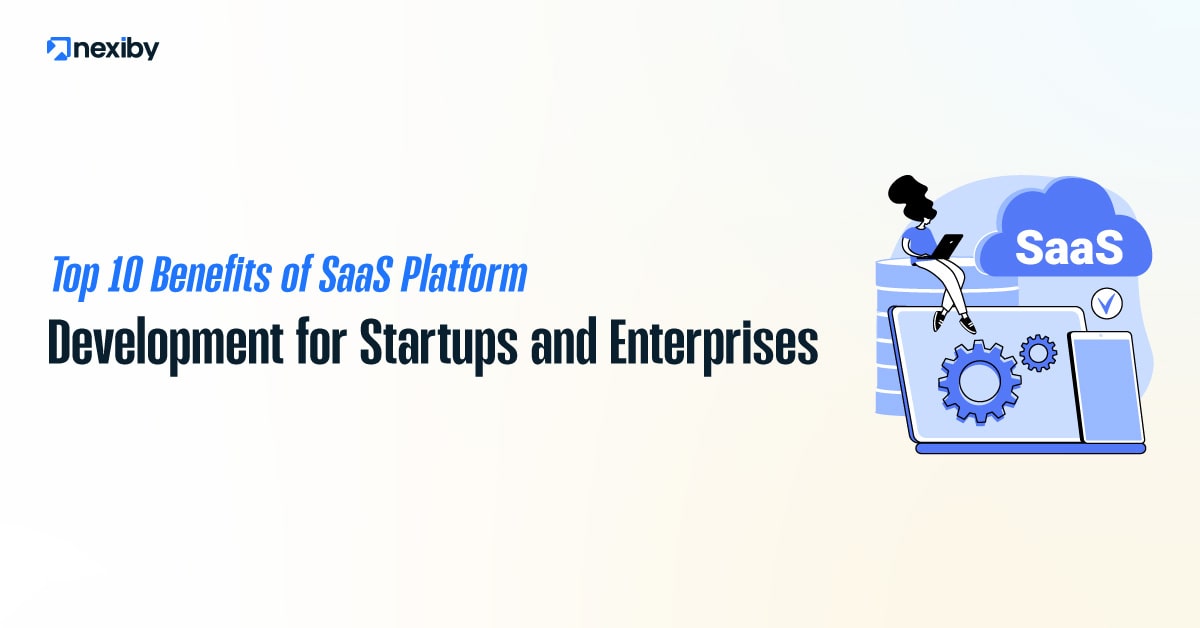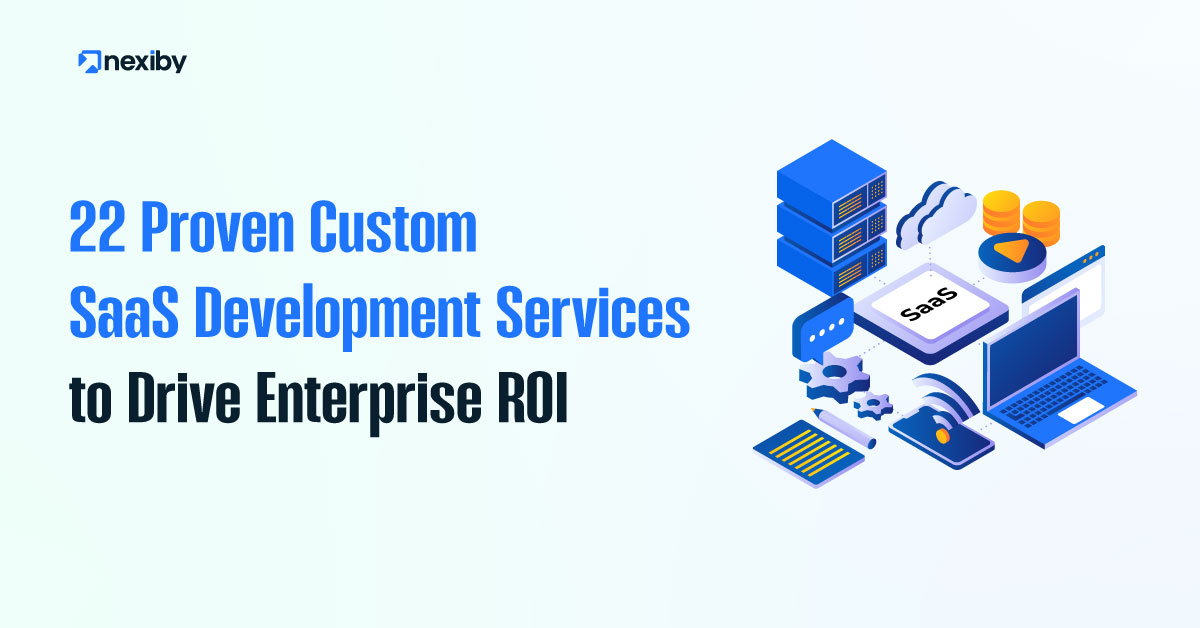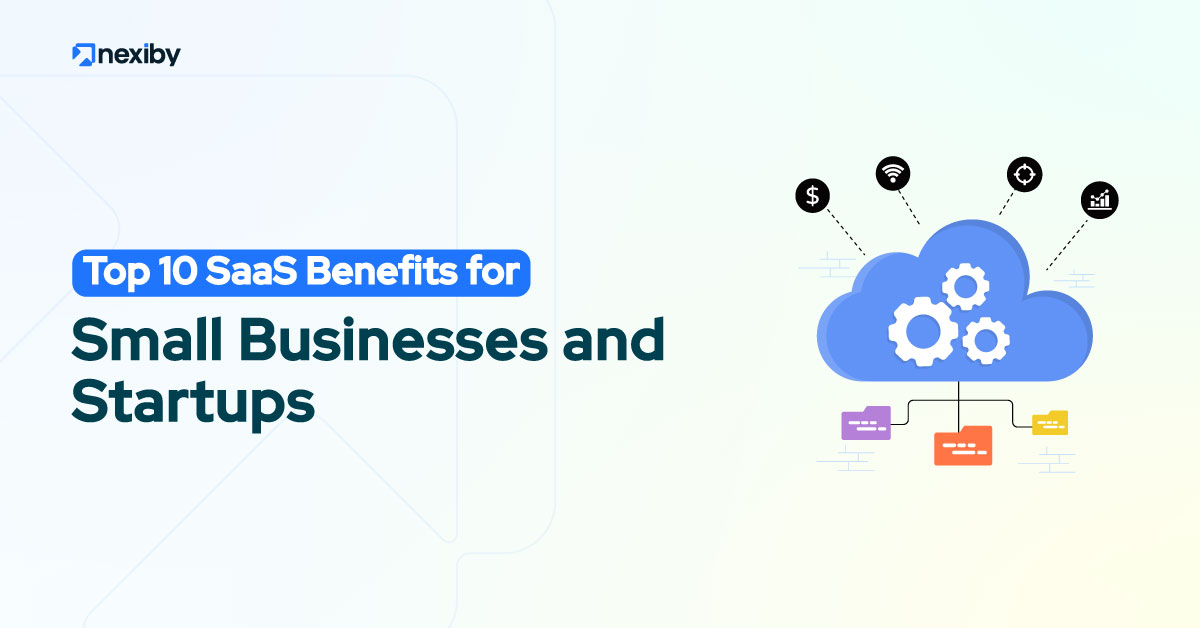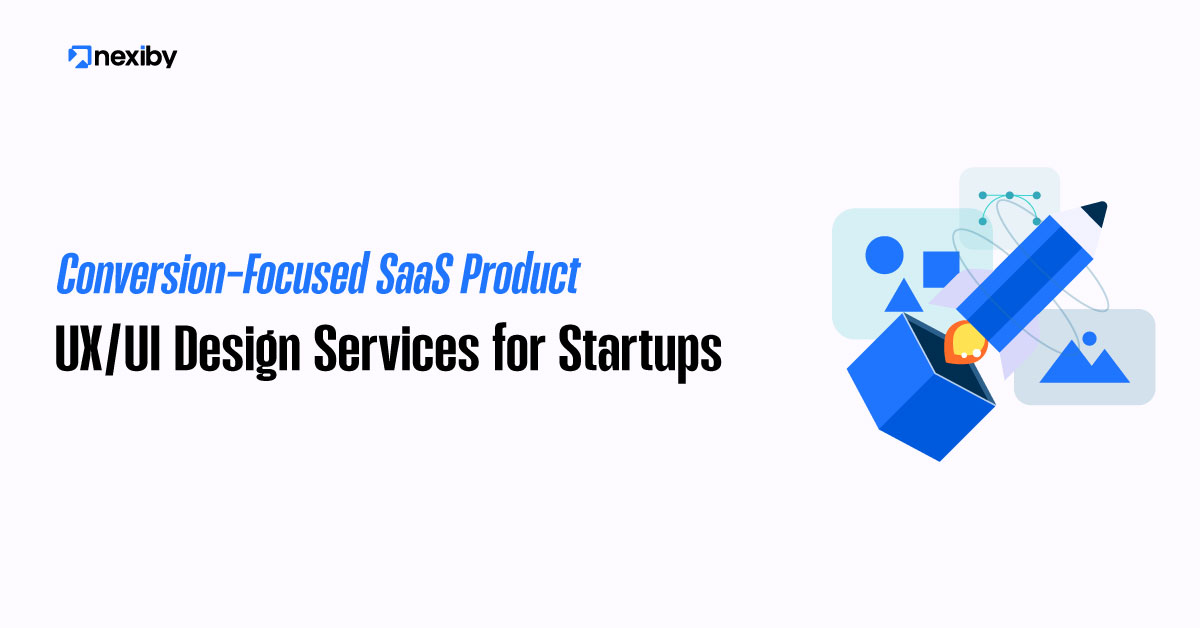Startups want fast growth. Enterprises want efficiency. When you choose SaaS Platform Development, it offers both. It’s flexible, scalable, and cost-effective. In 2025, if your software isn’t cloud-based, you’re probably already behind.
More businesses are shifting online, and the Software as a Service (SaaS) model is experiencing significant growth. Reports show that the global SaaS market is expected to reach $908.21 billion by 2030. That’s no accident. SaaS platforms offer serious advantages that traditional software just can’t match.
Whether you’re a bootstrapped startup or a big corporate player, these top benefits of SaaS platform development are the first step toward building smarter, faster, and better.
What is SaaS Platform Development?
At its core, SaaS product development means delivering software over the internet. No downloads. No heavy installations. Just log in and use it. Usually, the SaaS model runs on a subscription-based system, which gives users access anytime, anywhere.
SaaS vs Traditional Software Development
Old-school software requires buying licenses, installing on individual machines, and manual updates. SaaS is cloud-hosted, multi-user-friendly, and always up-to-date. No IT headaches and no bloated expenses.
Key Technologies Behind SaaS Platforms
Behind every great SaaS product, there’s a mix of modern tech:
- Cloud computing (like AWS, Azure)
- Microservices architecture
- APIs for integration
- DevOps tools for fast delivery
These technologies keep SaaS platforms fast, flexible, and ready to scale.
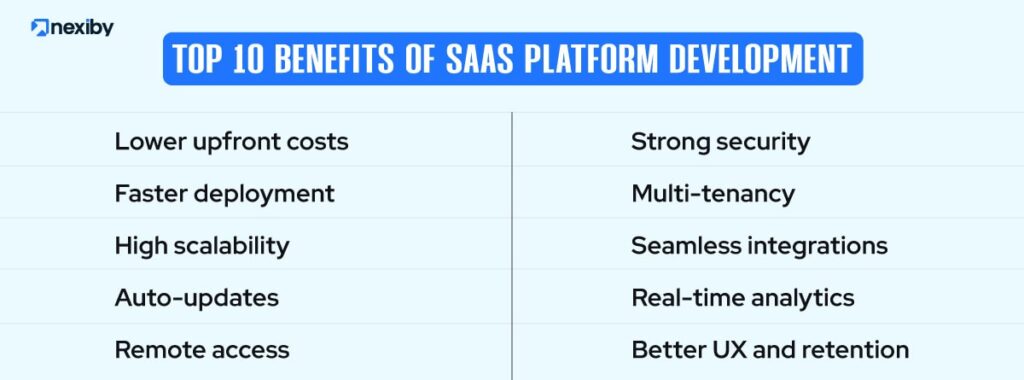
Benefit #1 – Reduced Upfront Costs and Capital Expenditure
When compared to traditional software models, one of the biggest selling points of SaaS development is its cost-efficiency. This makes Saas Development especially attractive to startups and cost-conscious enterprises.
No Need for Expensive Hardware or Licensing
SaaS cuts out the need for buying physical servers or pricey software licenses. Instead, you pay a monthly or yearly fee, which is far more manageable for your budget, especially for startups.
Pay-as-You-Go Model for Better Budgeting
With SaaS, you only pay for what you use. This operational expense (OpEx) model makes costs predictable and manageable. There is no need to blow the budget on one-time software purchases.
Benefit #2 – Fast Deployment and Time-to-Market
When competition is fierce and customer demands change fast, speed is everything. Whether you’re launching a new product or digitizing a core service, SaaS accelerates delivery like no other software model.
Launch MVPs Quickly
Startups thrive on speed. SaaS development lets you launch a minimum viable product (MVP) in weeks instead of months. You can test your ideas fast and iterate without delay.
Agile Development for Competitive Advantage
With continuous delivery and deployment tools like CI/CD pipelines, SaaS products evolve rapidly. You can push updates weekly or even daily, keeping your product one step ahead of the competition.
Benefit #3 – High Scalability and Flexibility
As businesses grow, so do their user bases, data loads, and software requirements. Traditional software often struggles to keep up, but SaaS platforms are built with scalability and flexibility in mind.
Handle Growth Seamlessly
SaaS platforms scale with your business. Add 10 users or 10,000. The system flexes without a hitch. That’s the power of horizontal scalability and load balancing in cloud-based environments.
Add Features and Users Without Redesigning the System
Need to add a new module or feature? No need to rebuild. SaaS allows modular development. You build and plug in new features as your business grows.
Benefit #4 – Automatic Software Updates and Maintenance
Keeping software updated can be a complex and time-consuming task unless you’re using SaaS. One of the biggest advantages of this model is that updates, patches, and maintenance tasks are handled automatically by the provider.
Always Up-to-Date With Latest Features
With SaaS, updates happen automatically in the background. No action needed from users. Your platform stays current with the latest tech, security patches, and features.
Lower IT Maintenance Burden
Since everything is managed in the cloud, your internal IT team doesn’t need to fix bugs, update code, or troubleshoot systems. It is all handled by the SaaS provider or your dev team remotely.
Benefit #5 – Improved Accessibility and Remote Collaboration
SaaS platforms support today’s workforce, which is more mobile and distributed.
Work From Anywhere, Anytime
Cloud-based platforms let users log in from any device, anywhere in the world. Whether you’re in a cafe or across the globe, you can stay connected.
Empowering Distributed Teams
Today’s teams are remote. SaaS platforms support real-time collaboration, file sharing, and communication. This makes remote work both seamless and productive.
Benefit #6 – Enhanced Security and Compliance
SaaS platforms are built to ensure that data security and regulatory compliance are met. It has enterprise-grade security features and is routinely updated to meet global standards.
Built-In Data Protection and Encryption
Modern SaaS platforms come with bank-grade security protocols, including end-to-end encryption, data backups, and access controls. Data breaches are much less likely when handled correctly.
Regular Security Patching and GDPR Readiness
SaaS systems are regularly updated to meet the latest compliance requirements, including GDPR, HIPAA, and SOC 2. This ensures your platform meets legal and industry-specific standards.
Benefit #7 – Multi-Tenant Architecture for Cost-Efficiency
SaaS allows a single application to serve many users efficiently. This reduces operational costs for the provider and delivers faster updates, better performance, and more affordable pricing for the customer.
Serve Multiple Clients from a Single Codebase
SaaS development uses a multi-tenant architecture where a single codebase serves many customers, each with their own secure data environment. This significantly reduces hosting and maintenance costs.
Reduced Infrastructure Footprint
Why run ten different servers for ten clients when one SaaS app can serve all of them? It is efficient, scalable, and great for sustainability.
Benefit #8 – Seamless Integration with Third-Party Tools
A major advantage of SaaS platforms is their ability to integrate seamlessly with CRM systems, payment gateways, analytics dashboards, and marketing platforms.
API-First Approach for Custom Workflows
Modern SaaS platforms use RESTful APIs and webhooks to connect with any tool. Whether it’s CRMs, ERPs, or payment gateways, integration is fast and simple.
Compatible with CRMs, ERPs, and Analytics Tools
Want to sync with Salesforce, Stripe, or Google Analytics? No problem. With SaaS, integrations are often just a few clicks away.
Benefit #9 – Real-Time Analytics and Business Intelligence
SaaS platforms often come with advanced analytics tools that track everything from user behavior and sales performance to system health and engagement metrics.
Gain Actionable Insights Instantly
SaaS platforms collect tons of user data in real-time. With built-in dashboards and reporting tools, you get instant insights into user behavior, sales, traffic, and performance.
Data-Driven Decisions Made Easy
Data is power. SaaS makes it accessible, understandable, and usable. You can make better, faster decisions that move the needle.
Benefit #10 – Higher Customer Retention and User Experience
User satisfaction is about delivering an intuitive, seamless, and continuously improving experience. SaaS platforms excel in this area with the result.
Personalized Dashboards and UX Design
Today’s users expect slick interfaces and personalized experiences. SaaS lets you build adaptive dashboards, user roles, and notifications that feel tailor-made.
Subscription Models Encourage Loyalty
Recurring billing models keep users engaged and subscribed, provided you deliver consistent value. SaaS creates the perfect environment for long-term customer relationships.

Who Can Benefit from SaaS Development?
Let’s explore exactly who benefits the most from SaaS development and why.
Startups Seeking Growth and Agility
Startups love SaaS because it is fast, lean, and powerful. It allows founders to test ideas, pivot quickly, and go to market without burning cash.
Enterprises Aiming to Modernize Operations
Big companies need efficient tools. SaaS helps cut overhead, improve collaboration, and digitize operations, from HR to sales to project management.
SaaS Product Companies Scaling Globally
If you’re building a SaaS product for others, you already know what it takes. You need multi-language support, regional servers, and zero-downtime deployments. SaaS development makes it all possible.
Common Challenges in SaaS Platform Development
Let’s break down the most common challenges in SaaS platform development and what you can do to overcome them.
Managing Data Privacy and Security
Security is a top concern. Developers must build systems that are secure by design. Encryption, firewalls, and user permissions are non-negotiable.
Handling High Availability and Uptime
Downtime means lost revenue. SaaS must be built with redundancy, load balancing, and real-time monitoring to ensure 99.9 percent or higher uptime.
Future Trends in SaaS Platforms (2025 and Beyond)
Let’s explore the most promising and disruptive SaaS trends shaping 2025 and beyond.
AI Integration in SaaS Tools
Expect smarter SaaS platforms that predict behavior, automate tasks, and offer AI-powered recommendations.
Serverless and Low-Code SaaS Development
Low-code tools like Bubble or OutSystems are letting non-tech founders build SaaS faster than ever. Serverless infrastructure helps cut dev time and costs.
Industry-Specific SaaS (Vertical SaaS)
Niche SaaS platforms tailored for healthcare, law, education, and real estate are gaining traction. They solve specific problems better than generic tools.
Final Thoughts on SaaS Platform Development

SaaS platform development is not just a trend; it’s a strategic investment. It is the future of software. For startups, it offers speed and affordability. For enterprises, it delivers power, scale, and security.
Whether you’re building the next unicorn or streamlining internal operations, SaaS development gives you the tools to move fast, grow smart, and stay ahead. If you’re still relying on outdated software, now is the time to upgrade. SaaS is not just better, it is smarter.
FAQs
What makes SaaS platforms better than traditional software?
SaaS platforms offer lower costs, automatic updates, better scalability, and cloud access. They are more flexible and efficient overall.
Is SaaS development suitable for small startups?
Absolutely. SaaS helps startups launch faster, test ideas, and grow without large upfront investments.
How secure is SaaS development for sensitive data?
Very secure if done right. SaaS platforms use encryption, role-based access, and compliance standards like GDPR or HIPAA.
Can SaaS platforms be customized for different industries?
Yes. Vertical SaaS platforms are built specifically for industries like finance, healthcare, education, and more.
How does SaaS help in reducing IT workload?
With SaaS, the provider handles updates, maintenance, and infrastructure. This frees your IT team to focus on strategic projects.

